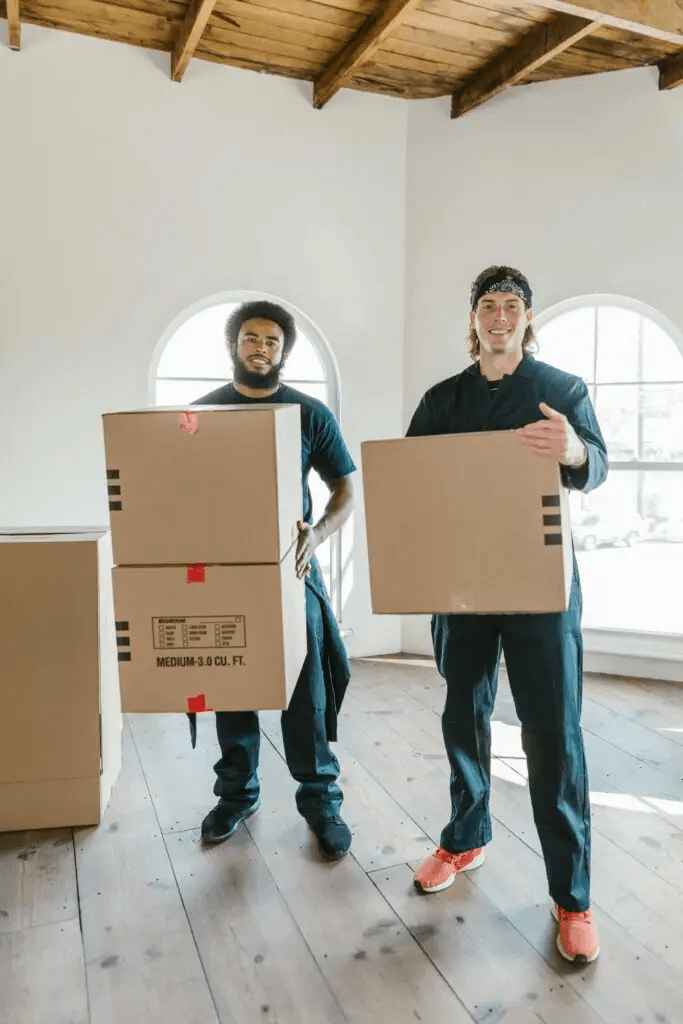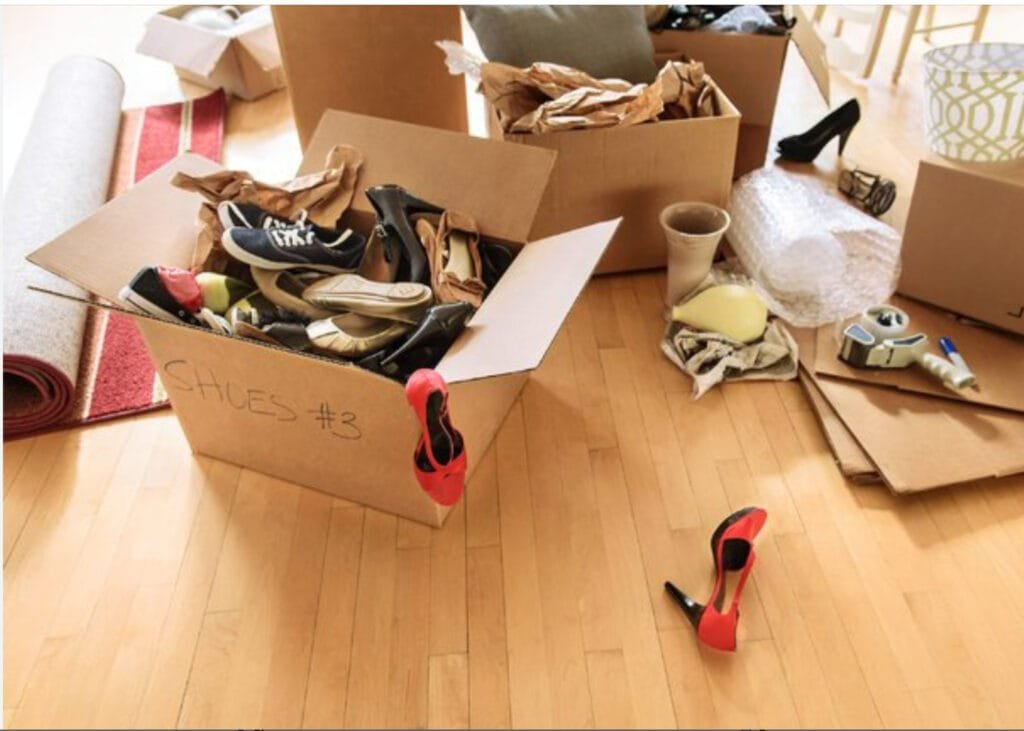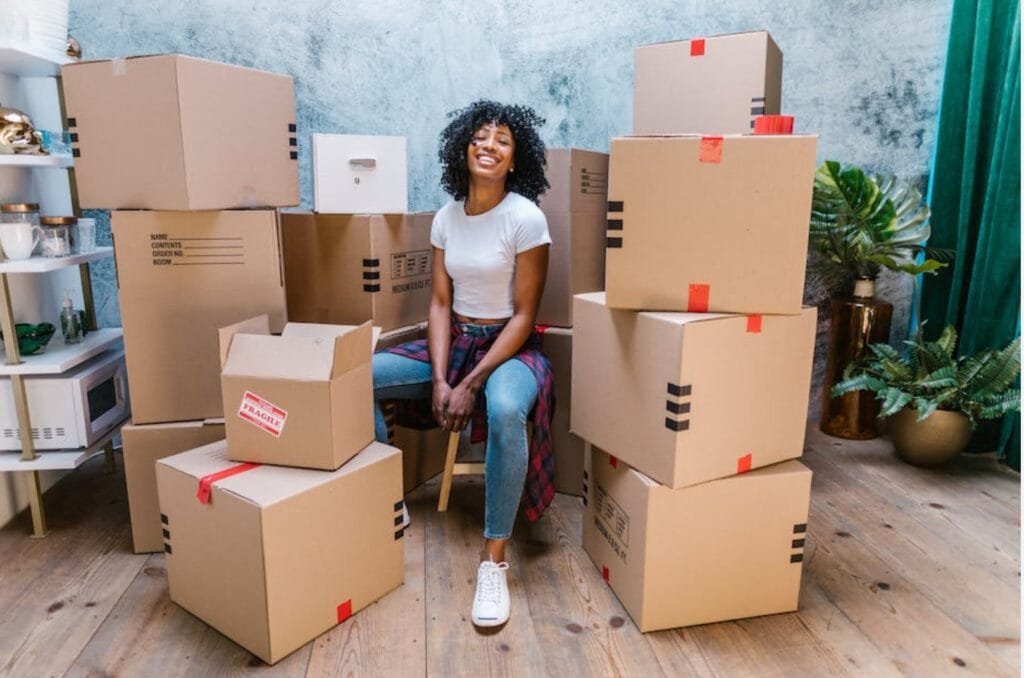10 Packing Hacks for a Successful Move: Tips for Efficient Packing and Unpacking. Moving to a new residence can be exciting. It can also be a daunting experience. One of the most crucial aspects of this transition is efficient packing and unpacking. A well-organized packing strategy can significantly minimize the stress often associated with moving. By implementing effective packing hacks, individuals can save time. They can reduce chaos. This ensures that their belongings remain intact throughout the process.
×packing hacks×moving tips×decluttering before moving×efficient unpacking×packing techniques × https://www.trustpilot.com/review/jmmoving.store/ JM Move Louisiana https://jmmoving.store/ https://jm-moving.ueniweb.com/ https://jm-moving.net/ JM Moving
The act of packing involves not only placing items into boxes but also requires careful planning and foresight. Efficient packing allows individuals to maneuver through their belongings with ease, ensuring that everything is categorized and accounted for. Such organizational methods streamline both the packing and unpacking stages, allowing for a smoother transition into a new home.
This blog post will present a variety of innovative packing hacks that cater to different needs and circumstances. From optimal ways to utilize packing materials to creative organization techniques, these strategies are designed to enhance the moving experience. Readers can expect to learn about smart ways to pack fragile items, quick tips for tackling different types of belongings, and suggestions on labeling boxes for easier unpacking.
By employing these packing hacks, one can alleviate some of the anxiety that often accompanies a move. The insights provided will not only facilitate a more efficient packing process but also promote a sense of clarity and control. As you delve into the following sections, you will find a wealth of information aimed at making your next move as seamless as possible.
Gather Your Supplies

When preparing for a successful move, gathering the right packing supplies is essential. A well-equipped packing strategy begins with sturdy boxes in various sizes. Ideally, you should collect medium and large boxes to accommodate different items in your home. To ensure their durability, choose boxes made from strong materials. These materials can withstand the transition process without collapsing under weight.
Next, quality packing tape is imperative to secure your boxes. Look for tape that is at least two inches wide to create a reliable seal on all seams. To avoid running out of tape, consider buying it in bulk. You can also look for deals at local hardware stores or office supply retailers. In addition, economic alternatives can often be found at discount stores or online marketplaces.
Another essential item for packing is bubble wrap. This protective material is indispensable when it comes to safeguarding fragile items such as glassware, electronics, and heirlooms. Alternatively, you can use recycled newspapers. Packing paper is another option. These materials are often available for free in local stores. You can also find them in online community groups focused on recycling. Moreover, consider asking friends or family if they have any leftover packing materials from their own moves.
Finally, don’t overlook the importance of markers. A permanent marker will help label boxes clearly, indicating their contents and the rooms they belong in. This facilitates a smoother unpacking process. For a streamlined approach, designate a specific area in your home for all these packing supplies. This will make them easily accessible during your preparation. Organize your materials before you begin to pack. This will enhance efficiency. It will ensure that your moving process goes as smoothly as possible.
Declutter Before Packing

Before embarking on the packing process for a successful move, it is essential to engage in the practice of decluttering. This step is important. It streamlines both the packing and unpacking stages. It ensures that only necessary items are transported to the new location. To effectively sort through belongings, begin by assessing each item’s value and relevance to your current lifestyle. Establish categories such as “keep,” “donate,” and “discard” to facilitate this decision-making process.
Start by tackling one room at a time. In each space, utilize boxes or bins to easily categorize items. For the “keep” category, think about if the item is frequently used. Consider whether it holds sentimental value. Determine if it is essential in the daily routine. Conversely, items that are rarely, if ever, utilized can be placed in the “donate” or “discard” categories. Charitable organizations often welcome donations of gently used items, providing a way to declutter while benefitting others in the community.
Additionally, this sorting process is a perfect opportunity to evaluate the condition of your belongings. Items that are worn out or damaged may not be worth the effort of transporting them to a new home. Consider recycling or responsibly disposing of such items. Minimizing unnecessary possessions can significantly light the load for your move, leading to a smoother experience overall.
Moreover, decluttering can have psychological benefits, as it promotes a sense of organization and clarity. Entering a new home with fewer items allows individuals to appreciate their space more fully and settle into their new environment without excess clutter. In summary, initiating a decluttering phase before packing not only makes for a more efficient move but also contributes to a more positive post-move experience.
Labeling Boxes Effectively
One of the most crucial aspects of both packing and unpacking during a move is the effective labeling of boxes. Clear labeling not only facilitates organization but also minimizes the stress associated with locating essential items during the unpacking process. A well-labeled box can save time and effort, leading to a more efficient transition to your new home.
There are several methods one can use to label boxes effectively. A popular technique is color-coding, which involves assigning specific colors to different rooms or categories of items. For instance, all kitchen items might receive green labels, while bathroom supplies can be marked with blue. This method allows movers to quickly identify where each box belongs in your new home, streamlining the unpacking process. Alternatively, employing detailed lists on each box is another useful strategy. Here, you can list the contents of the box directly on the label. This ensures that you have an inventory readily available. You won’t need to open each box. This approach is particularly valuable for larger moves, where items may be stored away for an extended period.
Placement of labels is equally important for maximum visibility. It is advisable to place labels on multiple sides of the box. This way, regardless of how the box is positioned upon arrival at its destination, the contents will be easily identifiable. Furthermore, consider labeling based on fragility or urgency. For delicate items, use bright colored labels or stickers that denote caution. Mark boxes containing essential items as high priority. Implement these tips on labeling boxes clearly. You will create a systematic approach that simplifies packing. It also promotes a smoother unpacking experience, paving the way for a more organized move.
Smart Packing Techniques
Efficient packing is a critical part of any successful move, and employing smart packing techniques can significantly enhance both the packing and unpacking processes. Strategically organizing items can maximize space while ensuring that your belongings remain protected during transit. One effective method is to pack fragile items together. Grouping these items and using a uniform amount of cushioning material prevents any clanging that could lead to breakage. For example, placing glassware in a separate, padded box can safeguard them from potential damage when handling or during transport.
Another innovative approach to packing involves utilizing your own belongings as padding. Use soft items such as towels, blankets, and clothing for dual purposes. They protect fragile items. They also save space in your moving boxes. Instead of purchasing excessive packing materials, wrap delicate objects with kitchen towels. You can also place them in pillowcases before putting them in a box. This method not only ensures their safety but also optimizes the space within your boxes.
Nesting is a packing technique that can help maximize the use of container space. By placing smaller items inside larger ones, you can reduce the number of boxes needed and keep similar items together. For example, stack nesting bowls within each other, and store smaller pots inside larger pots. This strategy not only saves room but reduces the overall weight of boxes, making them easier to lift and carry.
Furthermore, using clear plastic bins for items you need immediately after arriving at your new home is wise. Storing essentials like toiletries, a change of clothes, and basic kitchen supplies in a clear bin is helpful. It makes it easy to locate them without rummaging through multiple boxes. Adopting these smart packing techniques can dramatically improve your moving experience, ensuring a well-organized and less stressful transition. By incorporating these innovative methods, your packing can be both efficient and effective.
Packing Room by Room
Packing systematically by room can significantly streamline the moving process, ensuring that both packing and unpacking are conducted efficiently. This method minimizes confusion and saves time, allowing for a smoother transition into your new home. To effectively pack each room, follow a structured approach tailored to both smaller and larger spaces.
Begin in a designated room, preferably one that is less frequently used, such as a guest room or a home office. Start by sorting items into three primary categories: keep, donate, and discard. This step not only helps in decluttering but also allows you to visualize what needs to be packed. For larger spaces like living rooms or kitchens, tackle one area at a time, such as bookshelves or cabinets, to prevent feeling overwhelmed.
When packing, use room-specific boxes clearly labeled to avoid mix-ups during unpacking. This organization is crucial, especially when aiming to unpack efficiently. Utilize smaller boxes for heavier items, such as books or kitchen appliances, while larger boxes can accommodate lighter items like linens or pillows. Ensure that each box is filled to capacity without becoming overly heavy, as this can lead to breakage.
As you pack, take time to bubble wrap fragile items and pack them separately, ideally nestled within the context of their respective rooms. Keep an inventory list for each box, which can be especially beneficial for larger sizes with mixed contents. This method aids in maintaining clarity throughout the move and helps identify what is packed away if you need to find something urgently.
Lastly, consider packing an essentials box for each room that includes items you will need immediately upon arriving at your new home. This could contain toiletries, a change of clothes, or cooking essentials. Utilizing a room-by-room packing strategy not only enhances efficiency but also alleviates stress during the transition, ensuring a smooth moving experience.
Unpacking Strategy for Efficiency
Effective unpacking can significantly reduce the stress associated with moving into a new home. An organized approach can save both time and energy, making the transition smoother. To start, it is essential to prioritize which boxes to unpack first. Consider unpacking the boxes that contain essential items, such as kitchenware, toiletries, and basic clothing. These items are crucial for your first days in the new home. They help you facilitate daily living while you adjust. For example, prioritizing the unpacking of kitchen essentials allows you to prepare meals without delay, which is particularly important during busy moving days.
Another crucial component of a successful unpacking strategy is establishing a designated unpacking area. This space can serve as a central location where boxes are opened and items are sorted. By keeping the unpacking process localized, you can reduce clutter in other areas of your home and streamline your organization efforts. Designating a location also helps in maintaining focus, ensuring that you remain on task instead of getting easily distracted by the various boxes scattered throughout your home.
In addition to prioritization and space allocation, setting up your essentials quickly is vital. After unpacking the necessary items, take the time to arrange furniture and larger items in a manner that suits your living needs. This setup can further reduce the time taken to unpack smaller boxes, as it allows for a more intuitive placement of décor and remaining essentials. Remember to enlist help from family or friends during this process; having an extra set of hands can make it easier and faster to get everything in its rightful place. Ultimately, an effective unpacking strategy not only speeds up the process but also contributes to a more organized and comfortable living environment.
Safety Tips While Packing and Moving
When it comes to packing and moving, safety should be a top priority to prevent injuries and ensure a smooth transition. One of the most crucial aspects of safety is understanding how to lift heavy items correctly. Always bend your knees and keep your back straight, using your legs to lift rather than your back. This technique not only helps in alleviating stress on your back but also allows for better balance and control when carrying heavy loads.
Additionally, it is essential to assess the weight and bulkiness of items before attempting to move them. If an object seems too heavy or awkward to handle alone, consider seeking assistance from friends, family, or professional movers. It is perfectly acceptable to ask for help, as attempting to carry heavy items alone can lead to accidents and injuries.
Proper packing techniques also play a significant role in maintaining safety during moving. Make sure boxes are not overloaded. A good rule of thumb is to keep the weight of each box to a maximum of 50 pounds. Use sturdy boxes and secure packing tape to prevent any breakage or accidental openings. When packing fragile items, use bubble wrap or packing paper for added protection. This will help reduce the potential for accidents when unloading.
Furthermore, keep your pathways clear both in your home and during the moving process. Remove any obstacles that could pose tripping hazards, and ensure that you have ample lighting when moving through dark areas. If you’re using a moving truck, make sure everything is securely loaded. Also, check that the floors are dry to prevent slips. Being mindful of these safety measures will not only protect you but also ensure a more efficient moving experience.
Conclusion and Final Thoughts
Throughout this blog post, we have explored ten effective packing hacks aimed at simplifying your moving experience. Each tip is designed to enhance efficiency. They reduce stress during the packing and unpacking phases of your move. Tips range from creating a detailed inventory list to utilizing household items for packing material. Organization plays a pivotal role in ensuring a smooth transition; hence, the strategies discussed encourage thoughtful preparation.
Take the time to categorize your belongings. Label boxes meticulously. This approach can save valuable time when unpacking at your new location. Do not overlook the importance of using appropriate packing materials. They provide the necessary protection for your items while they are in transit. Enlist the help of friends. Hire professional services if feasible. Doing so can lighten the load. It makes the process more manageable.
As you embark on your moving journey, keep in mind that the little things matter. Packing an essentials bag can make a significant difference in your experience. Taking photographs of your electronics setup is also helpful. Each one of these packing hacks leads to a more organized move. They allow you to focus on settling into your new home instead of stressing over logistics. We encourage you to adopt these tips and, ideally, refine them according to your unique circumstances and preferences.
Lastly, we invite our readers to engage with the community. Share your own packing experiences and additional hacks in the comments section below. Collective wisdom can enhance our understanding of effective moving strategies, promoting an informed approach to packing and unpacking. Adopting these best practices facilitates a smoother transition. It also enhances your capacity to enjoy this new chapter of life.
×packing hacks×moving tips×decluttering before moving×efficient unpacking×packing techniques × https://www.trustpilot.com/review/jmmoving.store
https://jmmoving.store/get-stress-free-moving-help-with-jm-furniture-mover-local-moving-storage/
https://jm-moving.ueniweb.com/
/ https://jm-moving.net.
https://jmmoving84.blogspot.com/2024/09/jm-moving-your-trusted-partner-for.html
Call Now for a free quote @ 1(305) 333-9130 or 1(954) 498-5899
JM Moving. Book now https://fox.hellomoving.com/jmmoving/index.htm



